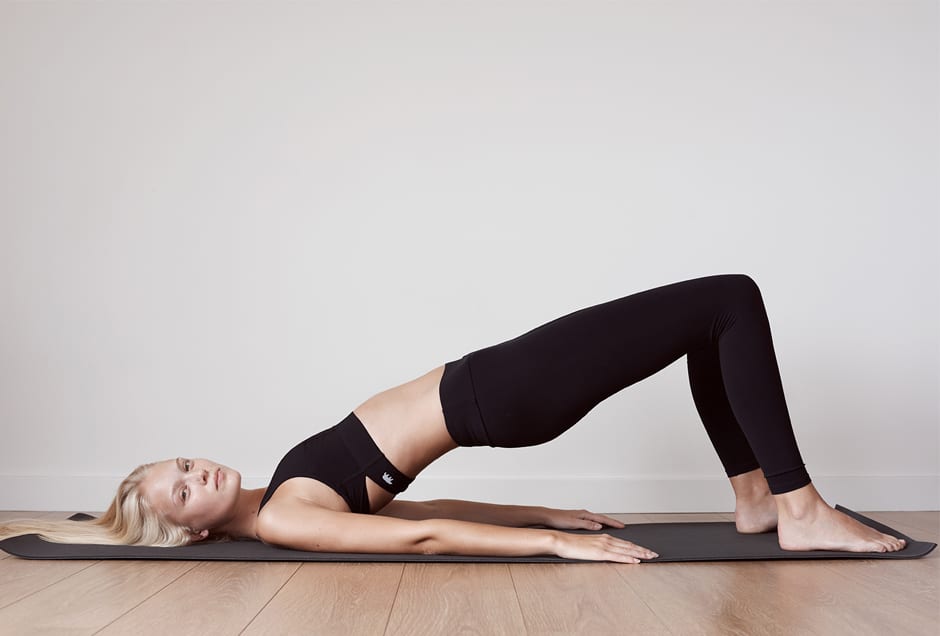
Hot yoga has gained popularity over the last few years as it enables the muscles to warm quickly, increasing flexibility and range of movement. Heat adds to the physical effort of practicing asanas by lifting the heart rate and increasing metabolism.
On Bikram
While Bikram yoga is hot yoga, not all hot yoga is Bikram. Many studios offer heated vinyasa classes at a challenging but manageable 30 to 35°C. Bikram yoga is a series of 26 poses, always offered in the same sequence in 41 °C heat, with an added 40 per cent humidity. Hot yoga is usually classified as a vinyasa or flow practice and will differ from studio to studio. Because hot yoga warms up the body and promotes sweating, the perception of participants is that they work harder in a heated class. For many participants, the challenge of hot yoga is as much about the mental as the physical challenge – quieting the mind to flow through the physical discomfort of each practice.
Hot versus cold yoga
One school of thought points to the ability of a hot environment allowing the body to push past where it would normally go – and many participants love the heat as it gives them increased flexibility in muscles, tendons and ligaments, allowing more stretch and depth in poses. However, proponents of cold yoga say this same flexibility can create a false sense of security that may lead to injury. Practicing in a cooler room is also less likely to cause problems of overheating the body, dehydration and is safer for pregnant women.
Whatever your preference, the YogaBar in Sydney offers a selection of hot vinyasa, flow, weights, YB Define and hip-hop inspired YB Beats yoga classes, barre and Pilates classes at four studio locations across Sydney.
Judi Mead is a certified yoga and Pilates teacher and group fitness instructor at YogaBar.



